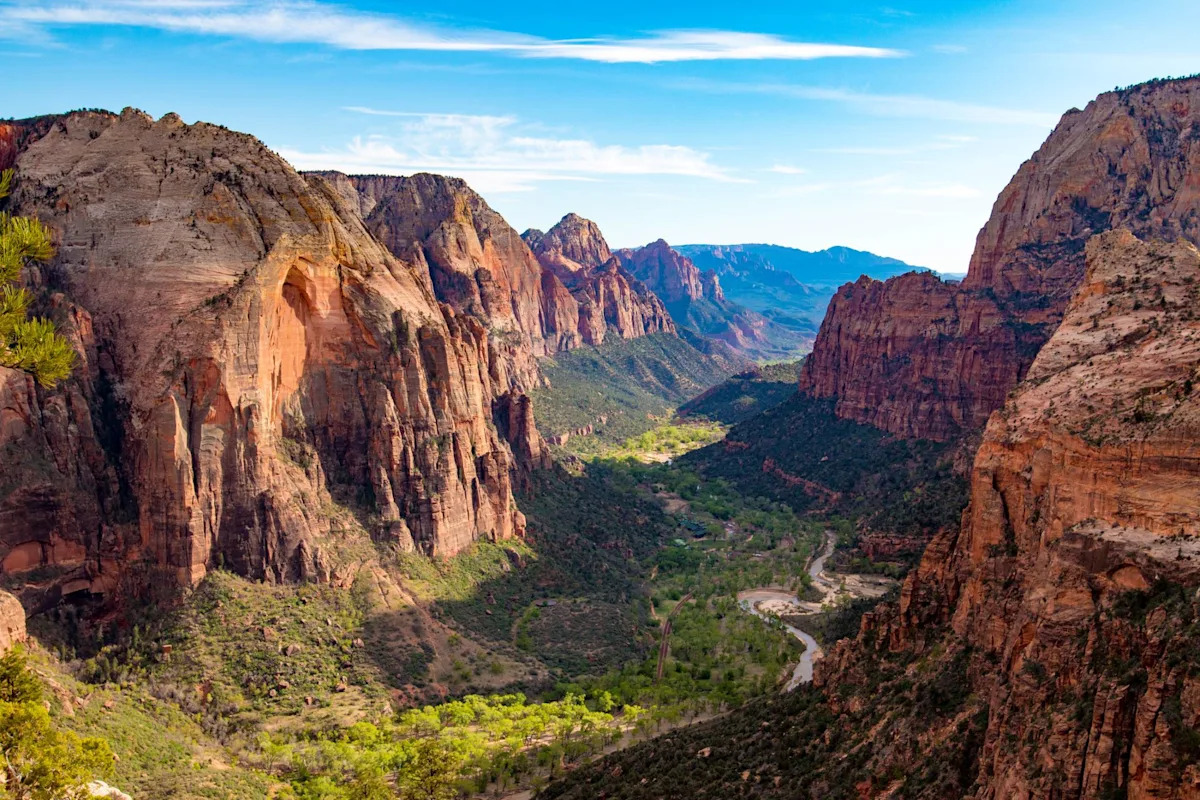The national parks of the United States hold great natural wonders and complex, varied ecosystems.
A new study demonstrates that human presence in the parks, including everything from visitors and rangers to vehicles and infrastructure, has a profound impact on the animals that call these parks their homes, phys.org reports.
What’s happening?
According to new research published in Proceedings of the Royal Society B, animals in the national parks tended to avoid human presence in all forms.
“Wildlife all around the world fear people and avoid areas of high human activity, but it was surprising to see that this holds true even in more remote protected areas,” said Dr. Kaitlyn Gaynor, the paper’s lead author.
The study tracked 229 animals from 2019 to 2020, accounting for 10 species across 14 national parks. Some animals included gray wolves, mountain lions, and bighorn sheep.
Co-author Dr. Forest Hayes said that the study “reveals not only how wildlife respond to human presence but also why species respond differently, and the complex ways that animals balance risks and benefits associated with humans.” For instance, elk were more likely to be around humans. The study hypothesizes that this may be because predators avoid humans. So, by sticking closer to us, they may feel safer from attack.
Why is it important to preserve animal habitats?
The national parks are crucial to conservation efforts, as over 600 endangered species inhabit these parks.
Animal conservation efforts preserve biodiversity, the variety of biological life in any given place. The loss of even one animal can disrupt the food chain, leading to cascading effects that could lead to food or resource scarcity for other animals in the ecosystem or for humans.
What’s being done about animal conservation in the national parks?
Organizations like the National Parks Conservation Association work to ensure that animal habitats remain protected in the national parks. As they note on their website, the land of the parks is one of the only remaining habitats for many species across the country.
As a person visiting a National Park, there are steps you can take to minimize your impact on the ecosystem or advocate for wildlife. Obeying park rules, staying on the trail, and leaving no trace of food or waste are just a few of the ways to ensure that the parks can keep the animals safe.
According to Dr. Gaynor, “The study provides evidence that conservation is compatible with recreation at low levels, but that we do need to keep some areas exclusively for wildlife.”
Join our free newsletter for good news and useful tips, and don’t miss this cool list of easy ways to help yourself while helping the planet.
